Program’s success at putting focus on fixing child eye issues
IT’S the free eye screening program offered to preschoolers credited with saving the eye sight of students, including young Ally Cornell. As the program celebrates its 10 year anniversary, we reveal the common vision conditions it has identified.
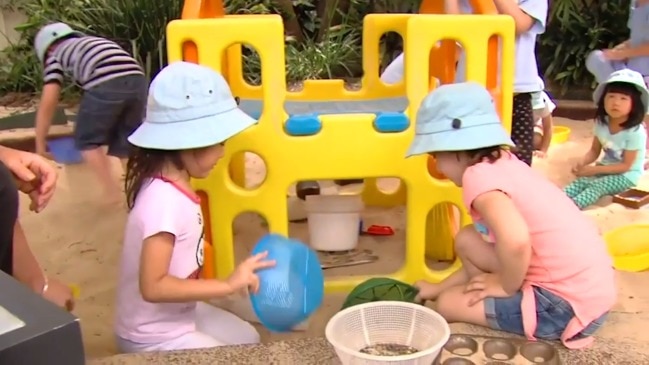
NSW
Don't miss out on the headlines from NSW. Followed categories will be added to My News.
IT WAS a health problem that was hidden in plain sight — and could have left little Ally Cornell blind in one eye.
She had anisometropia, commonly known as lazy eye and if no-one had picked it up, Ally would have ended up with irreversible blindness in one eye.
But two years ago at preschool, Ally was screened by the free Statewide Eyesight Preschooler Screening (StEPS) which picked up her anisometropia and now she’s almost cured.
The NSW Health-funded program is now celebrating its 10th anniversary and has screened 700,000 preschoolers.
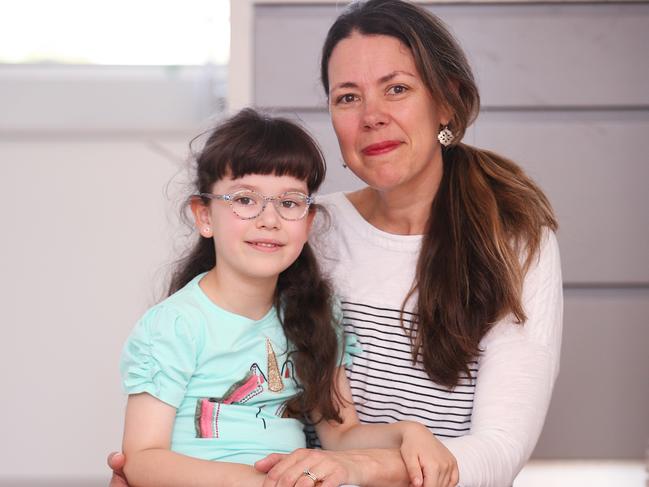
And it has discovered vision problems in children are much more common than thought.
About 2 per cent have amblyopia, or decreased vision in one of both eyes, 7 per cent have squint, where the eye muscles are not balanced and 15 per cent have refractive errors requiring glasses.
“She had no symptoms, nothing to suggest she had a problem,” mum Sascha said.
“She was a hesitant, tentative child and she did not want me to leave her side but she was relying on me to see for her.
“I got a phone call at work to say she could not see out of her right eye, I was in disbelief because there was nothing to suggest she had a problem.”
MORE FROM JANE HANSEN
UNIVERSAL MEDICINE FOUNDER ‘RUNNING A HARMFUL CULT’
THE LITTLE BOY WHO CAN’T BE HUGGED
Ally’s condition affects one in 16 children and if not picked up early, can lead to permanent blindness.
Associate Professor Elisabeth Murphy, Senior Clinical Advisor, Child and Family Health said early intervention is the key because the brain needs to learn to see by laying down neural optical pathways.
Children have a short time frame for this to happen before the opportunity is lost.
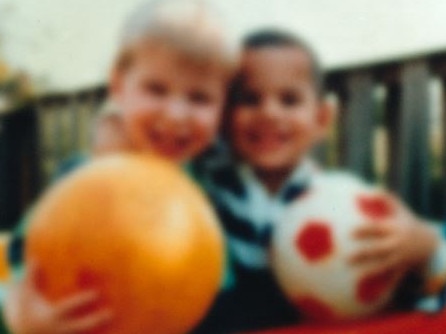
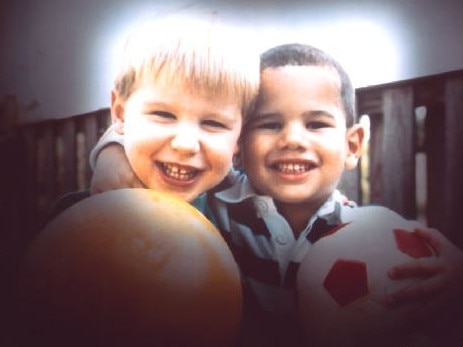
“There is a critical window up until about age eight. If a child has a cataract and doesn’t get any light into an eye in that critical period, you can take the cataract out later but they won’t be able to see because the brain has not been taught, the brain doesn’t learn to see,” Prof Murphy said.
Screening now happens at age four in preschools and day care centres.
“Children rarely complain of eye problems and often don’t realise they can’t see properly. The StEPS program tests a child’s vision one eye at a time, which is the best way to establish whether they have vision problems, but they have to be old enough to do the matching (in the screening test) and the year before school they can give us an accurate assessment of whether they can see and then treatment can occur before the child enters school,” Prof Murphy said.
Catching Ally’s anisometropia early and treating with special glasses has turned her life around.
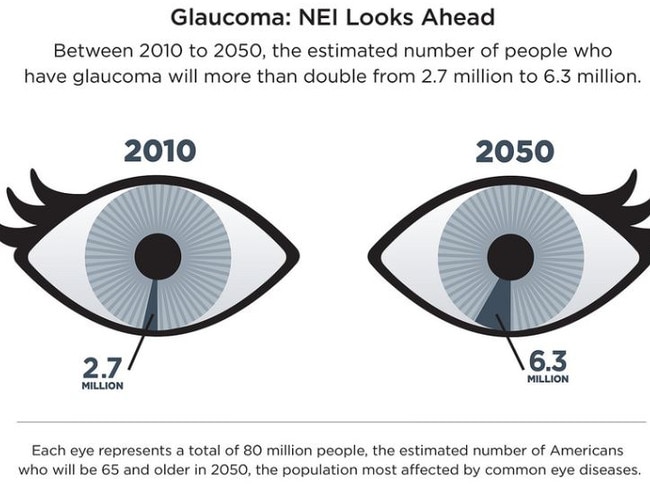
Now six, the sight in her right eye has almost been restored to the same level as her left.
‘It’s amazing, when she first go her glasses we went to the playground and she was wide-eyed and looking at the trees and the clouds, it was like she was seeing for the first time, it was: ‘Mummy look at this’, it was amazing,” Ms Cornell said.
“She’s gone from a reserved girl who couldn’t see to being able to step out and do things for herself and play soccer, tennis and swimming and if things were still blurred, you can’t participate. The early you get these things the better the outcome.”
